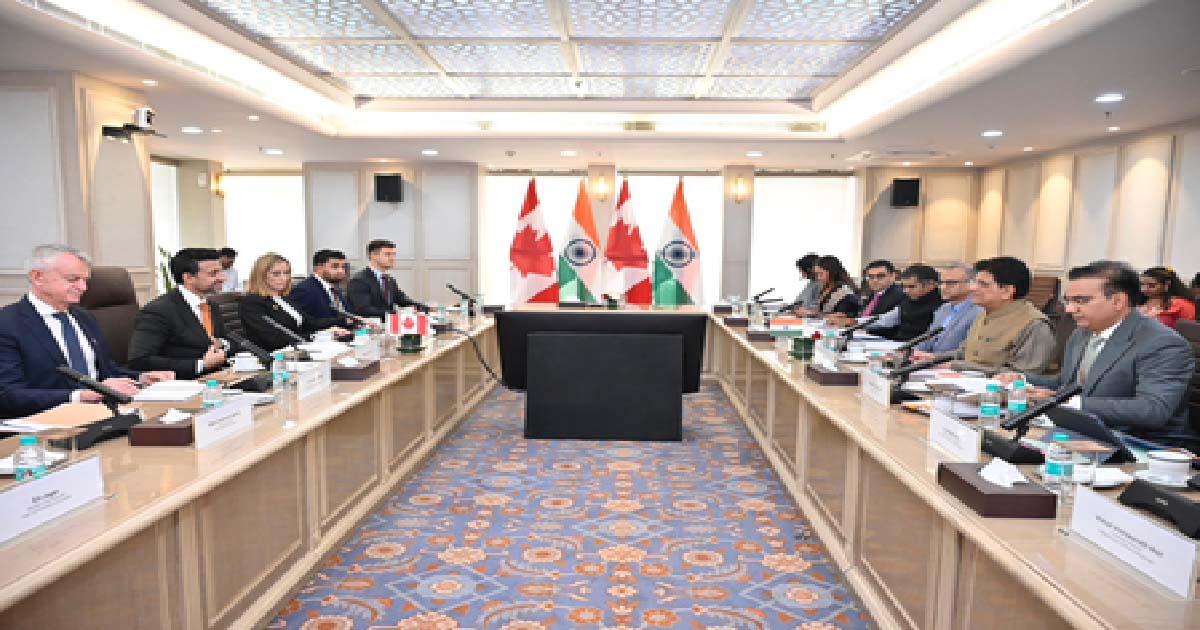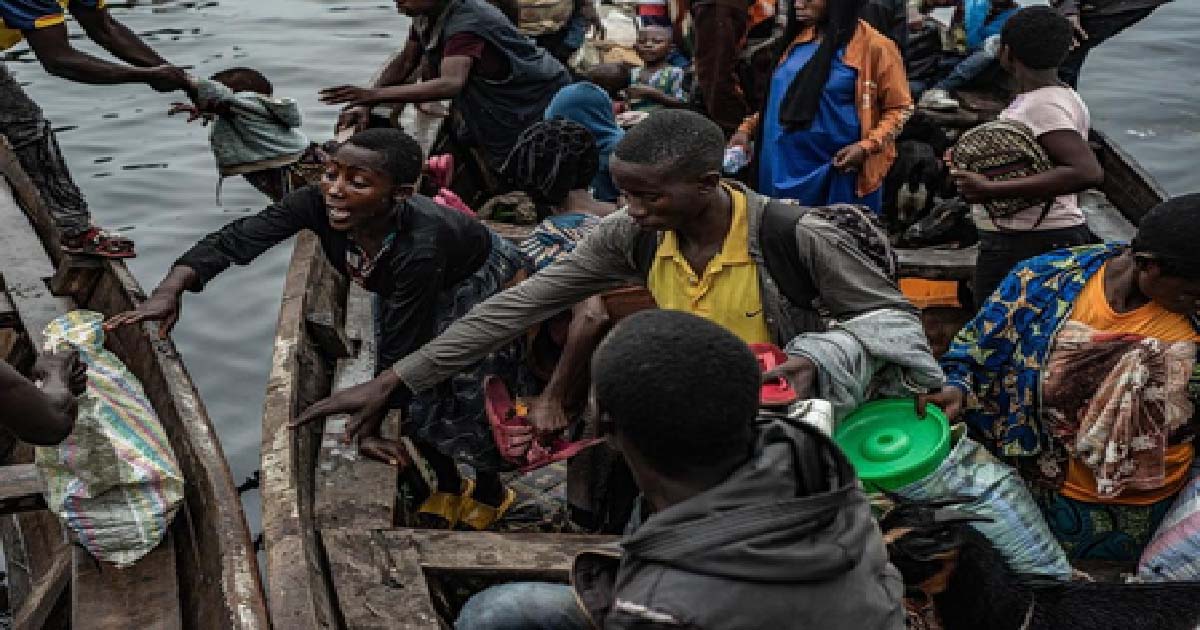International News
Imran Khan is the new Nazi of Asia
Imran Khan represents a peculiar phase in politics that emerges during periods of economic contradictions between the ruling elite and the wider population and which cannot be resolved through democratic and peaceful means. Pakistan is suffering from a dense political chaos that has stemmed from a debt dependent economy.
The rift between the military and the civil government of Nawaz Sharif led to the ultimate demise of the latter. The question was who will be in charge of running the economy of Pakistan. When it came to the China Pakistan Economic Corridor (CPEC) former Prime minister Nawaz Sharif wanted Parliament to be the supreme decision making body. But the military was not willing to give in.
Imran Khan was launched by the military establishment to defame the two party system that according to Khan were taking turns to come into power to plunder the country. Khan was also fed the narrative of an imaginary Riyasat-e-Madina which to me is a utopian idea and was applied to Pakistani polity by Khan as a deadly political weapon.
The military engineered Imran Khan’s accent to power hence he was named the ‘selected’ prime minister by the opposition.
The first task that Khan was given by the Pakistani military establishment was to trod across the globe begging for money. Khan did his best. However, an economy that solely depends on loans and borrowed money cannot erect a sustainable economic foundation. Therefore, with the passage of months and years Pakistan’s current deficit, trade deficit as well as foreign debt continued to rise.
A civil section of the Pakistan’s ruling elite under the leadership of former President Asif Ali Zardari, former Prime minister Nawaz Sharif and Jameet e Ullema Islam leader Maulana Fazal ur Rahman formed Pakistan Democratic Movement or PDM. Dozens of public rallies were held that pulled crowds in millions. Nawaz Sharif and his daughter Maryam Nawaz Sharif made fiery speeches accusing the military generals of conspiracies against elected civilian governments of the past.
Slogans such as ‘ye jo dehshat gardi hai, is kay pechay wardi hai’, became the anthem of the PDM rallies. The military generals were now clearly on the back foot. The economy that Khan was supposed to turn around slipped further into a downward spiral bringing Pakistan’s GDP into the negative.
General Bajwa and Khan became suspicious of each other as Bajwa realised that Khan was not only unable to deliver but on the contrary had thrown the country to the dogs.
The DG ISI at the time Lt. General Faiz Hamid, who is accused of the political engineering that brought Khan into power, was now trying to out maneuver army Chief. The visit General Hamid made to Kabul in August 2021 to meet the Taliban and help them to come to a consensus to form a new government in Afghanistan was seen as a direct challenge to Bajwa’s authority.
Then on October 6 last year the rift between Imran Khan and General Bajwa over the transfer of Lt. General Hamid as Corps commander Peshawar and appointment of a new DG ISI turned into a bitter conflict of interests.
Meanwhile, General Bajwa managed to elevate Shahbaz Sharif to replace Maryam Nawaz as the leader of the PDM. Sharif banned anti-army slogans to be raised at PDM rallies. Now it became clear that General Bajwa was backing the opposition against Khan. The man in Peshawar, the Khan loyal former DG ISI, was pulling strings from the Peshawar Corps headquarters to weaken the opposition.
This led to a split in the military that was never heard of in the past. Such hybrid war in an institution like the Pakistan army seriously has seriously undermined the fighting spirit of the soldiers and lower ranking officers.
It is in this backdrop that Khan decided to sabotage the whole democratic process and consolidate his grip on power. He devised a plan. On February 24, just one day before Russia attacked Ukraine, Khan landed at Moscow airport to meet president Putin.
Khan knew that at a time when the western democracies were opposing Russia and NATO was being mobilised, Khan’s visit would be criticised by the west.
(Dr Amjad Ayub Mirza is an author and a human rights activist from Mirpur in PoJK. He currently lives in exile in the UK. The views expressed are personal))
Business
India, Canada discuss ways to boost bilateral trade, promote investments

New Delhi, Nov 13: Commerce and Industry Minister Piyush Goyal and Maninder Sidhu, Canada’s Minister of International Trade, discussed ways to further boost bilateral trade and promote investments, it was announced on Thursday.
Sidhu is in India to find opportunities to advance trade and investment linkages between the two nations.
“It was a pleasure to co-chair the 7th India-Canada Ministerial Dialogue on Trade and Investment as part of the New Roadmap 2025 along with @MSidhuLiberal, Canada’s Minister of International Trade,” Goyal posted on the X social media platform.
The minister further stated that they discussed “avenues to strengthen bilateral trade, promote investments and deepen cooperation between our countries”.
During his India visit, Sidhu is set to promote Canada’s commitment to supporting and growing the well-established commercial ties shared by Canada and India, including artificial intelligence, clean technology and digital industries, and explore new opportunities for partnerships that benefit workers and businesses in both countries.
“This visit to India will reinforce Canada’s commitment to diversifying our trade relationships and attracting new investment,” an official statement quoting Sidhu said. “As one of the fastest-growing major economies, India offers significant opportunities for Canadian businesses and workers. Our commercial ties continue to expand — bilateral trade surpassed $30 billion in 2024 — and there is even greater potential ahead,” the statement added.
India is a key partner as Canada strengthens its economic links in the Indo-Pacific region under a comprehensive strategy for the region. In 2024, India was Canada’s seventh-largest goods and services trading partner, with two-way trade valued at $30.9 billion.
Meanwhile, External Affairs Minister (EAM) S. Jaishankar and his Canadian counterpart, Anita Anand, held discussions on strengthening cooperation across key sectors, including trade, energy and security. Both leaders met on the sidelines of the G7 Foreign Ministers’ Meeting in Niagara.
EAM Jaishankar also praised the progress made under the New Roadmap 2025, aimed at enhancing bilateral ties between India and Canada and expressed hope for rebuilding a stronger partnership.
Crime
Banned drugs worth Rs 45 crore smuggled from Myanmar seized in Mizoram; two held

Aizawl, Nov 13: The Assam Rifles, in a joint operation with Mizoram Police, recovered highly addictive Methamphetamine tablets valued at Rs 45 crore from Saitual district and arrested two drug peddlers, officials said on Thursday.
A defence spokesman said that based on specific intelligence about the movement of drugs on the Ngopa-Saitual road in northern Mizoram’s Saitual district, a joint operation was launched on the intervening night of Wednesday and Thursday.
The team of Assam Rifles established a vehicle check post, which intercepted the suspected vehicle carrying drugs at Ngopa.
During the search operation, 15 kg of banned Methamphetamine tablets worth Rs 45 crore were recovered from two persons — Rabizul Haq and Naasiruddin, both residents of Barpeta in western Assam.
Recovered contraband, smuggled from Myanmar, along with apprehended individuals and their vehicle, were handed over to the Saitual district Police for detailed investigation and further legal proceedings.
As part of its continuous efforts to curb the spread of the drug menace in Mizoram, the Assam Rifles conducted yet another successful anti-narcotics operation, the spokesman said.
Meanwhile, the Assam Rifles, in a joint operation with Assam Police, recovered heroin valued at Rs 4.65 crore from near Jhujang Pahar in Cachar district of southern Assam on November 11.
The November 11 drug seizure took place within two days in the same Cachar district.
The Assam Rifles, in a similar joint operation with Assam Police, recovered methamphetamine tablets worth Rs 6 crore on November 9. The banned methamphetamine tablets, also known as Yaba or party tablets, contain a mixture of methamphetamine and caffeine and are commonly referred to as the ‘crazy drug’.
The highly addictive drugs are very popular among drug addicts in India, Bangladesh and the neighbouring countries.
Notably, Myanmar shares a 1,643-km-long unfenced border with four Northeastern states — Mizoram, Arunachal Pradesh, Manipur and Nagaland — which serve as a key transit point for drugs, particularly heroin and methamphetamine tablets.
At least six of the 10 districts of Mizoram — Champhai, Siaha, Lawngtlai, Hnahthial, Saitual and Serchhip — share a 510-km border with Myanmar. Mizoram, Manipur, Tripura and southern Assam have turned into major corridors for drug smuggling from Myanmar, with the illegal consignments being ferried to other parts of the country and abroad.
International News
Nearly 25 million people facing acute food insecurity in Congo: UN

United Nations, Nov 13: Nearly 25 million people, over 20 per cent of the population, are facing high levels of acute food insecurity in the Democratic Republic of the Congo (DRC), a UN spokesperson said.
The DRC remains one of the countries most affected by food insecurity, with the situation particularly severe in the east, said Stephane Dujarric, spokesperson for the UN secretary-general, at a daily briefing on Wednesday.
According to the latest Integrated Food Security Phase Classification analysis, the number is projected to rise to nearly 27 million people in the first half of 2026, he said.
Dujarric said the UN Office for the Coordination of Humanitarian Affairs (OCHA) remains deeply concerned about continued attacks against civilians in Beni and Lubero territories in North Kivu and also in Ituri province, with more than 1,000 people reportedly killed in the two provinces since the beginning of this year.
The impact on health services has been devastating, with at least six facilities attacked since the beginning of 2025 and a total of at least 28 health sites affected by armed attacks since 2024, said the spokesperson.
He said OCHA reiterated its call on all parties to respect international humanitarian law and ensure the protection of civilians and civilian infrastructure.
Since January, the security situation in eastern DRC has worsened sharply amid renewed fighting involving the March 23 Movement rebel group, which seized several key towns, including Goma and Bukavu, Xinhua news agency reported.
Humanitarian agencies say the escalating violence has displaced hundreds of thousands of civilians, deepening an already dire crisis.
Earlier on October 14, the government of the DRC and the March 23 Movement (M23) rebel group had signed an agreement in Doha to establish a ceasefire monitoring and verification mechanism, under the facilitation of Qatar.
-

 Crime3 years ago
Crime3 years agoClass 10 student jumps to death in Jaipur
-

 Maharashtra1 year ago
Maharashtra1 year agoMumbai Local Train Update: Central Railway’s New Timetable Comes Into Effect; Check Full List Of Revised Timings & Stations
-

 Maharashtra1 year ago
Maharashtra1 year agoMumbai To Go Toll-Free Tonight! Maharashtra Govt Announces Complete Toll Waiver For Light Motor Vehicles At All 5 Entry Points Of City
-

 Maharashtra1 year ago
Maharashtra1 year agoFalse photo of Imtiaz Jaleel’s rally, exposing the fooling conspiracy
-

 National News1 year ago
National News1 year agoMinistry of Railways rolls out Special Drive 4.0 with focus on digitisation, cleanliness, inclusiveness and grievance redressal
-

 Maharashtra1 year ago
Maharashtra1 year agoMaharashtra Elections 2024: Mumbai Metro & BEST Services Extended Till Midnight On Voting Day
-

 National News1 year ago
National News1 year agoJ&K: 4 Jawans Killed, 28 Injured After Bus Carrying BSF Personnel For Poll Duty Falls Into Gorge In Budgam; Terrifying Visuals Surface
-

 Crime1 year ago
Crime1 year agoBaba Siddique Murder: Mumbai Police Unable To Get Lawrence Bishnoi Custody Due To Home Ministry Order, Says Report
















